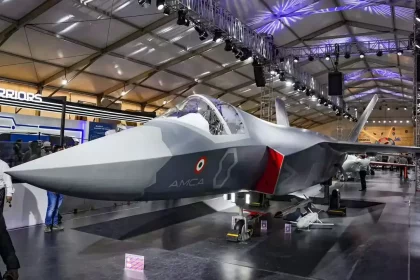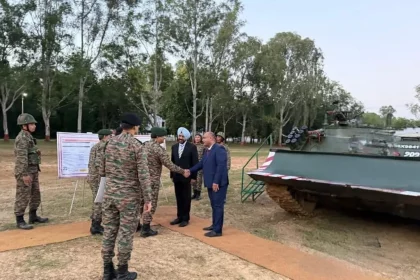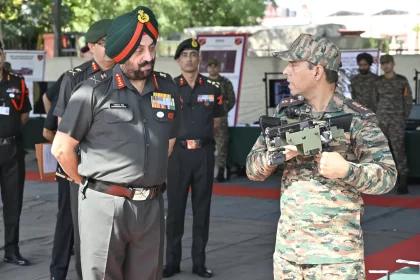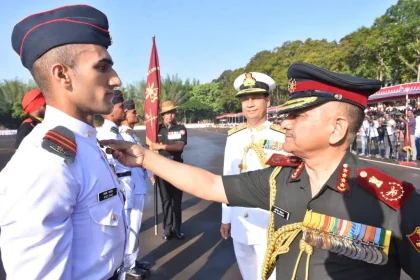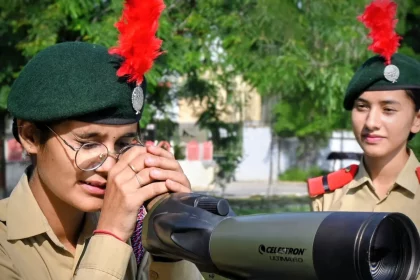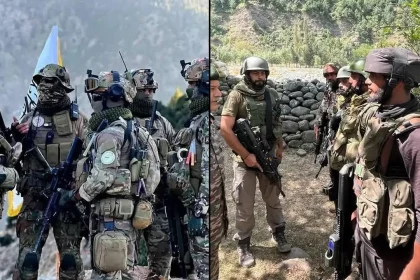India Shortlists Seven Firms for AMCA Stealth Fighter Production; DRDO and Defence Ministry Begin Evaluation
India’s fifth-generation AMCA fighter project enters evaluation phase as DRDO and Defence Ministry review bids from seven major industrial consortiums,…
Kharga Corps Inducts Refurbished WZT-3 Armoured Recovery Vehicles from Airbonics Defence & Space
Refurbished WZT-3 Armoured Recovery Vehicles Enhance Kharga Corps’ Battlefield Support Capabilities, Marking Another Step Toward India’s Atmanirbhar Defence Vision.
Lt Gen Manjinder Singh Reviews Cutting-Edge Defence Technologies
Lt Gen Manjinder Singh highlights India’s drive towards self-reliance with a showcase of next-generation military technologies under the Sapta Shakti…
NDA 1 2025 Official Cut Off Marks Published By UPSC
UPSC Announces Official NDA 1 2025 Cut-Off: Written Qualifying Mark Set at 334, Final Merit Closes at 699.
Chetak Corps Inspires NCC Cadets through Motivational Military Camps at Bikaner and Bathinda
Chetak Corps, Ranbankura Division, and Panchvinshti Brigade organized motivational NCC camps at Bikaner and Bathinda, engaging around 250 cadets through…
Afghan vs Indian Special Forces Gear: A Divided Debate on Twitter
Afghan Legacy Gear vs. Indian Modernization – A Special Forces Showdown Sparks Online Firestorm.

